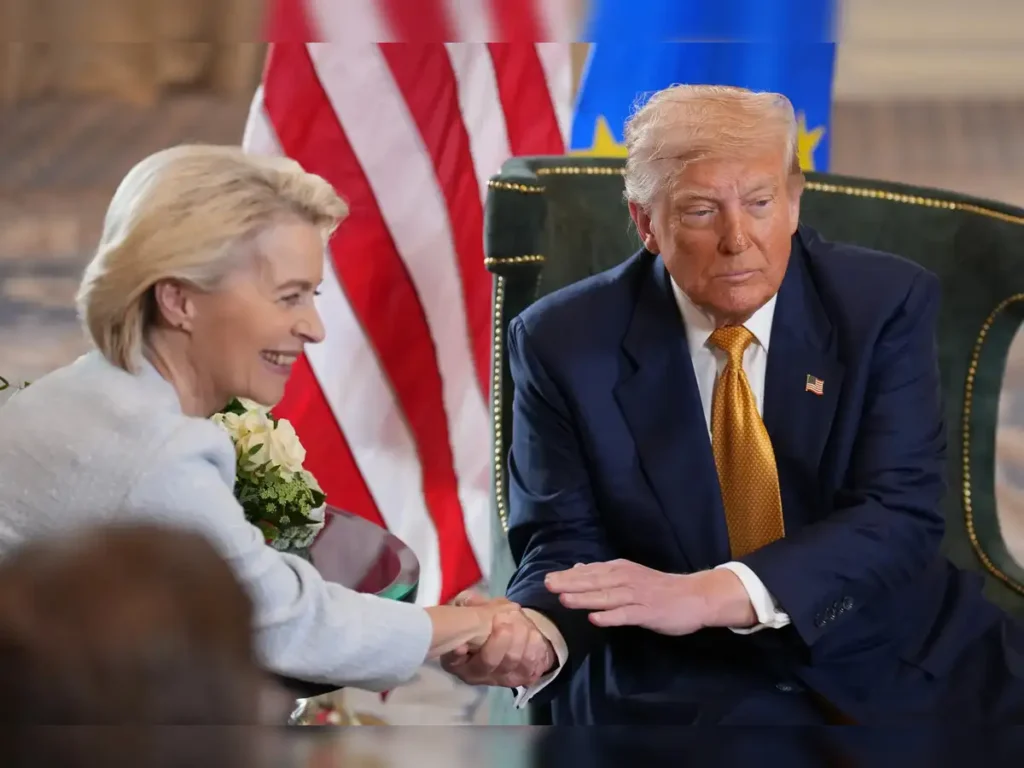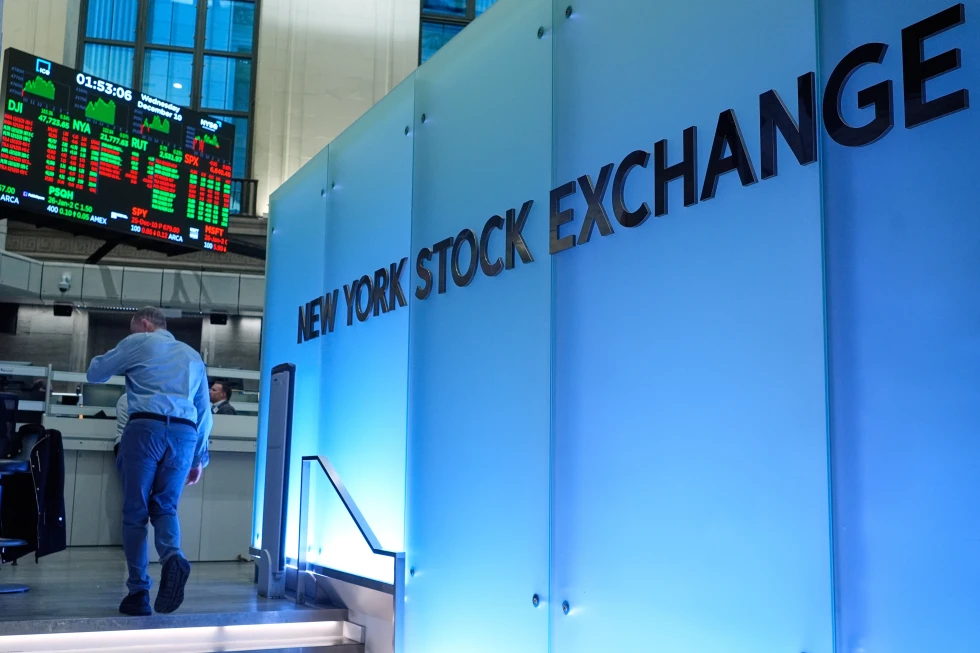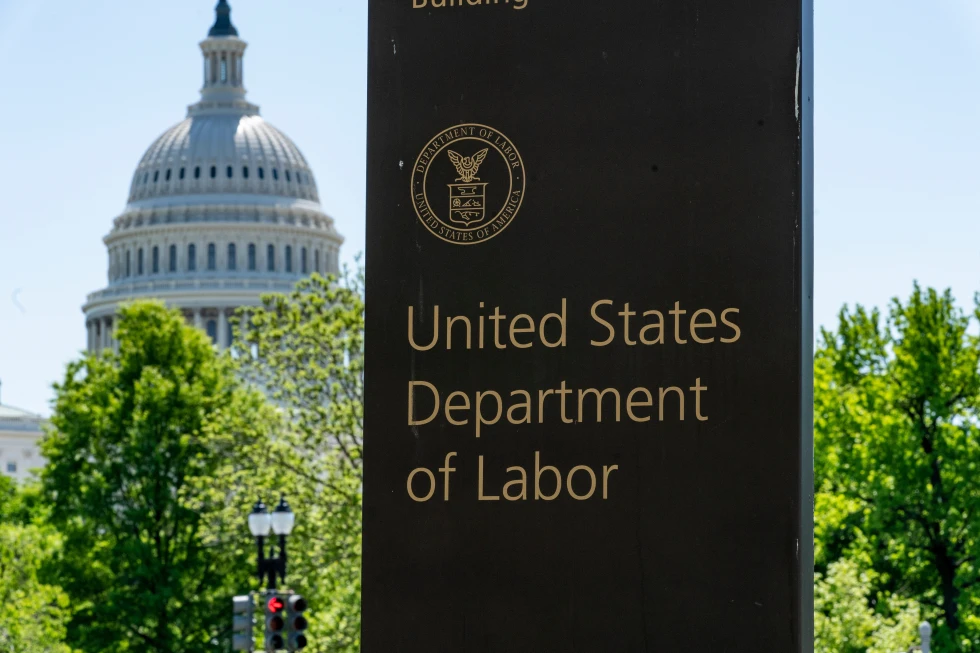US-EU Trade Deal Avoids Escalation but Raises Tariffs to 15%

US-EU Trade Deal Avoids Escalation but Raises Tariffs to 15%
FRANKFURT, Germany — President Donald Trump and European Commission President Ursula von der Leyen have reached a new US-EU trade deal, averting a 30% tariff hike by setting a 15% tariff on most European imports. The deal, announced during Trump’s visit to Scotland, comes as a relief to global markets but is expected to raise prices for U.S. consumers and squeeze European exporters.
Key Terms of the Agreement
-
The deal imposes a 15% import tariff on most European goods, including cars, computer chips, and pharmaceuticals.
-
It avoids Trump’s threatened 30% tariff and replaces a prior 10% baseline.
-
Certain goods—like aircraft, semiconductors, critical raw materials, and select agricultural products—are exempt, but specific details remain unclear.
“This deal offers predictability for both sides,” said von der Leyen, while acknowledging the cost impact for European exporters.
Strategic Energy and Investment Pledges
-
The EU committed to purchasing $750 billion in U.S. natural gas, oil, and nuclear fuel, aiming to replace Russian energy.
-
An additional $600 billion in EU investment in the U.S. is also part of the framework.
-
The 50% U.S. steel tariff remains, and future negotiations will target the global steel glut and potential import quotas.
Economic Impact on Both Sides
Although the agreement avoids an escalation, the 15% rate is significantly higher than historical norms. Before Trump’s tariffs, the average U.S. rate on EU goods was around 1.47%, with the EU charging 1.35% on U.S. imports.
European Reactions
-
German Chancellor Friedrich Merz welcomed the deal but expressed a desire for broader tariff relief.
-
The Federation of German Industries warned of “immense negative effects” on German exporters.
-
Volkswagen reported a €1.3 billion loss in the first half of 2025 due to tariff impacts.
Car Prices and Consumer Effects
The deal will affect automotive prices, especially for imports. While Mercedes-Benz benefits partially from U.S.-based production, it still expects “significant increases” in prices for future models. European exporters must now decide whether to pass costs to U.S. consumers or absorb them.
“We preserved market access, but the cost is high,” a trade advisor in Brussels said.
Trump’s Rationale and Trade Balance
Trump defended the move by pointing to Europe’s €198 billion trade surplus in goods and a “lack of openness” to U.S.-made vehicles. However, U.S. firms continue to outperform the EU in services, including tech, finance, and legal sectors.
Tentative Outlook
Analysts like ING’s Carsten Brzeski say the deal “averts a severe global risk,” though caution that “nothing is on paper yet.” The tariff rate may still impact consumer prices and corporate profits in the coming months.
Source: AP News
: 174







